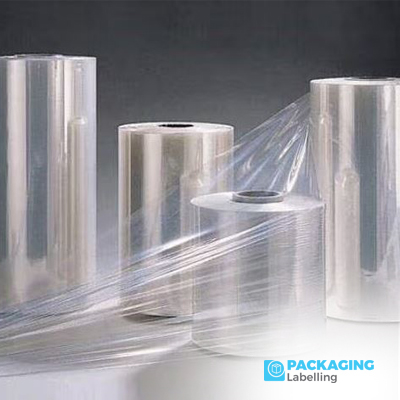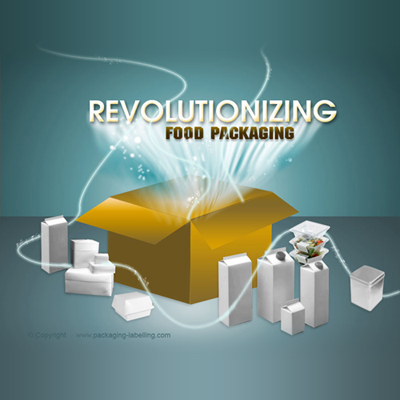Beyond The Bin: Rethinking Plastic Packaging for a Sustainable Future

Introduction:
Plastic packaging has become ubiquitous in our daily lives, revolutionizing industries and offering convenience and efficiency. However, the environmental impact of plastic waste has reached critical levels, prompting a global call for reevaluating how we produce, use, and dispose of plastic packaging. In this article, we delve into the challenges posed by traditional plastic packaging, explore innovative solutions and alternative materials, and discuss the path towards a more sustainable future for packaging.
The Impact of Traditional Plastic Packaging
Traditional plastic packaging, primarily made from petroleum-based polymers such as polyethylene (PE), polypropylene (PP), and polyethylene terephthalate (PET), has numerous advantages in terms of durability, flexibility, and cost-effectiveness. However, its widespread use has led to severe environmental consequences. Plastic pollution is a major contributor to marine pollution, endangering marine life and ecosystems. Moreover, plastics take hundreds of years to decompose, leading to accumulation in landfills and oceans.
Challenges in Plastic Packaging Waste Management
The linear "take-make-dispose" model of plastic packaging is no longer sustainable. Recycling efforts face challenges such as low recycling rates, contamination of recycled materials, and limited infrastructure for recycling certain types of plastics. Single-use plastics, including packaging materials, exacerbate the waste problem, leading to calls for reducing plastic consumption and finding alternative solutions.
Innovative Solutions for Sustainable Packaging
The shift towards sustainable packaging involves a combination of reducing plastic use, improving recyclability, exploring biodegradable materials, and embracing circular economy principles. Innovations such as bio-based plastics, compostable packaging, and advanced recycling technologies offer promising alternatives to traditional plastics. Brands and manufacturers are also adopting design strategies such as lightweighting, minimalist packaging, and reusable systems to minimize environmental impact.
Bioplastics: The Promise and Challenges
Bioplastics, derived from renewable sources such as plants, offer a potential solution to the plastic waste problem. Materials like polylactic acid (PLA), polyhydroxyalkanoates (PHA), and cellulose-based plastics have gained attention for their biodegradability and reduced carbon footprint compared to conventional plastics. However, challenges remain in terms of scalability, cost-effectiveness, and ensuring compatibility with existing recycling infrastructure.
Compostable Packaging: Balancing Performance and Environmental Impact
Compostable packaging is designed to break down into natural elements under specific conditions, offering a closed-loop solution to packaging waste. Materials like compostable films, trays, and bags have applications in food packaging and agriculture. However, proper disposal and composting facilities are essential to realize the environmental benefits of compostable packaging, highlighting the importance of infrastructure development and consumer education.
Advanced Recycling Technologies: Closing the Loop on Plastic Waste
Advanced recycling technologies, including chemical recycling and pyrolysis, aim to convert plastic waste into high-quality feedstock for new products, reducing the reliance on virgin plastics. These technologies can process mixed plastics, including multilayer and contaminated packaging, making them promising solutions for addressing complex plastic waste streams. Collaborations between industry, government, and research institutions are driving innovation in this space.
Circular Economy Strategies for Packaging
The circular economy paradigm emphasizes reducing waste and maximizing resource efficiency through product design, material recovery, and reuse. Circular packaging solutions include refillable containers, packaging-as-a-service models, and initiatives to promote product longevity and repairability. By closing the loop on packaging materials, businesses can reduce environmental impact while creating value and resilience in supply chains.
Consumer Engagement and Behavior Change
Consumer awareness and behavior play a crucial role in driving the transition to sustainable packaging. Education campaigns, labeling initiatives (e.g., recycling symbols, eco-friendly certifications), and incentives for sustainable choices can empower consumers to make informed decisions and support sustainable brands. Collaboration across the value chain, from manufacturers to retailers and consumers, is essential for mainstreaming sustainable packaging practices.
Regulatory Landscape and Industry Initiatives
Government regulations and industry standards play a key role in shaping the landscape of sustainable packaging. Policies such as extended producer responsibility (EPR), plastic bans, and targets for recyclability and recycled content encourage businesses to adopt sustainable practices and invest in innovation. Industry initiatives, including voluntary commitments, eco-design guidelines, and cross-sector collaborations, contribute to a more holistic approach to packaging sustainability.
Conclusion: Embracing a Sustainable Packaging Future
The transition to sustainable packaging is a multifaceted journey that requires collaboration, innovation, and commitment across stakeholders. By rethinking plastic packaging, embracing alternative materials, leveraging technology, adopting circular economy principles, and engaging consumers, we can create a more resilient and regenerative packaging ecosystem for a sustainable future. Together, we can go beyond the bin and redefine the way we package products, ensuring a healthier planet for generations to come.









